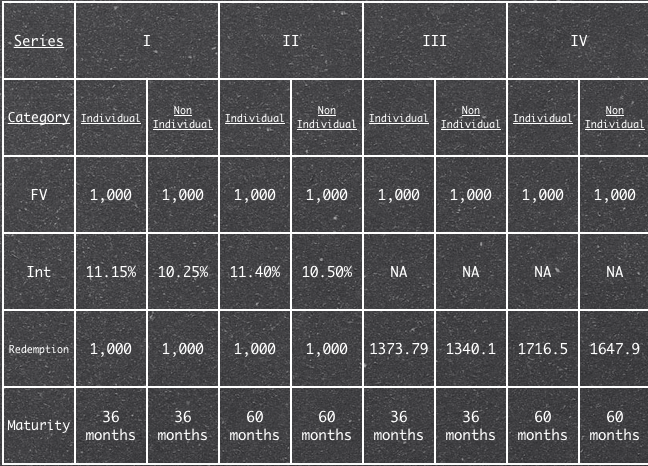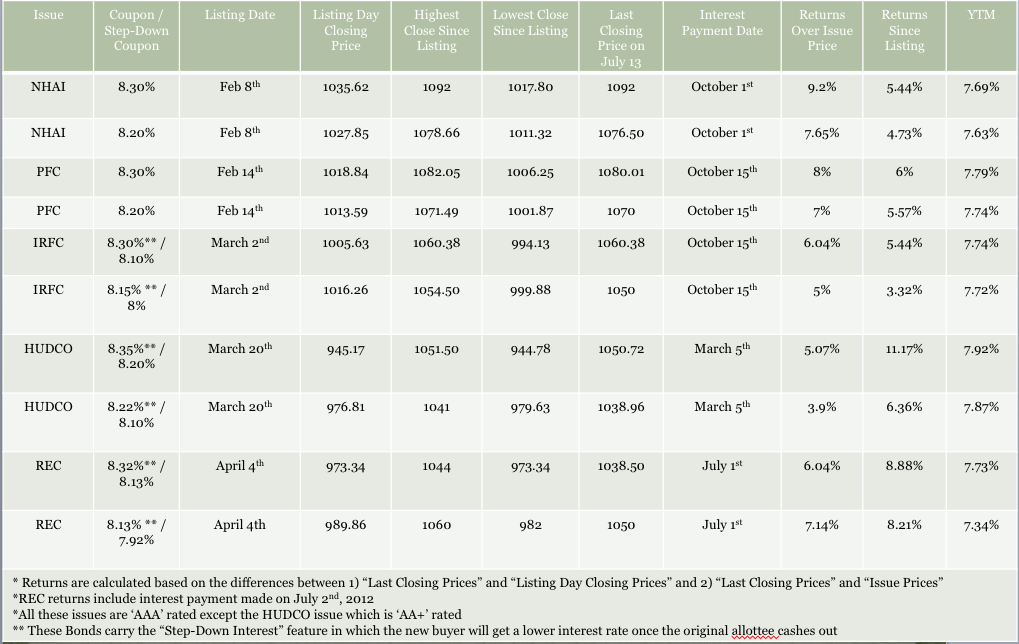This post is written by Shiv Kukreja
RBI is in a dilemma again. On the one hand, inflation is not coming under control, rise in the prices of vegetables, cereals, milk and oil have been making headlines in newspapers for the last many months, on the other hand, India’s economic growth is slowing down at a faster pace than most experts expected.
In fact nobody expected India’s GDP growth rate to fall so dramatically. Many research houses and brokerages have already cut their FY 2012-13 forecasts for India’s GDP growth. Last time, the consensus was that RBI should cut rates, and this time, largely the consensus seems to be that RBI won’t cut any rates.
As a common man many of us wonder what all these measures are and how these measure actually make an impact in an inflationary environment and also on the growth of an economy. Here is my effort to make you understand this jargon and its impact.
Cash Reserve Ratio (CRR): Scheduled Commercial Banks (SCBs or simply banks) in India are required to maintain an average cash balance with RBI, as a proportion of their total deposits. E.g; If CRR is 5%, Banks are required to deposit the first Rs. 5 with the RBI out of their total deposits of Rs. 100 and then use the remaining Rs. 95 for their investment and lending purposes. Banks are mandated to deposit this amount with RBI on a fortnightly basis. CRR is 4.75% at present.
Purpose and Impact: Say, if your after-tax monthly income is Rs. 100K and you are required to keep Rs. 5K out of it with your father, then your remaining disposable income is Rs. 95K. RBI plays the role of a father here. CRR is a tool used by the RBI to control the liquidity in the system. So when there is excess money floating around, RBI will raise the CRR to suck out the excess money. On the other hand, if there is a credit crunch, RBI cuts the CRR to release money into the system.
Statutory Liquidity ratio (SLR)
It is the proportion of deposits that SCBs are required to maintain in cash or gold or government approved securities. After keeping the required amount for CRR and SLR, the banks are free to use the remaining deposits for their lending purposes.
Purpose & Impact: SLR, more or less, plays a similar role as does CRR. SLR is determined and maintained by the RBI in order to restrict the expansion of bank credit and like CRR.
Repo Rate (or Repurchase Rate)
This is the rate at which SCBs borrow money from the RBI for a short period of time by selling their securities or financial assets to the RBI with an agreement to repurchase it at a future date at a predetermined price. Repo rate is 8% at present. From banks’ point of view, Repo arrangement with the RBI is like a common man taking a short term loan from a bank.
Purpose & Impact: Higher Repo Rate keeps the demand for funds by the banks in check. Repo rate is the single biggest factor that makes banks raise or lower lending rates on their home loans, car loans etc. You must have read in the newspapers that banks start raising their interest rates within a few days after the RBI raises the Repo rate. Banks do that as their own cost of money rises because of RBI’s actions. They need to maintain their margins in order to keep their profitability intact and show growth to their shareholders.
RBI purposefully raises Repo rate when it wants to discourage Banks to borrow from it and do further lending. This action reduces money flow in the system. RBI raised the Repo Rate by 3.25% (from 4.75% in March 2010 to 8% in December 2011) which made the banks borrow funds at a much higher rate and in turn hiked their lending rates also. An increase in interest rates also makes it more expensive for firms to finance investment. As a result, higher interest rates normally curtail investment. If consumption and investment fall, so does aggregate demand. Lower aggregate demand results in lower resource utilisation. When resource utilisation is low, prices and wages usually rise at a more modest rate.
Reverse Repo Rate
This is the rate at which SCBs deposit their excess money with the RBI for a short period of time. As the name suggests, it is the reverse of a repo (repurchase) agreement. Reverse Repo rate is 7% at present. From banks’ point of view, Reverse Repo arrangement with the RBI is like a common man making a short term deposit with a bank.
Purpose & Impact: RBI raises Reverse Repo rate when it wants to reduce liquidity out of the banking system. Banks would get a higher return on their money parked with the RBI. It also makes banks to offer higher rate of interest on the deposits made by the general public.
Liquidity Adjustment Facility (LAF)
This is a facility extended by the RBI under which banks can borrow money from the RBI by pledging their holding of government securities. Basically LAF enables liquidity management on a day to day basis.
Purpose & Impact: LAF is an important tool of monetary policy and enables RBI to transmit interest rate signals to the market.
Overall Impact of RBI measures:
1) Due to Change in Interest Rates: Overall interest rate environment affects the demand for goods and services. Higher interest rates make it more attractive to save and lead to a reduction in household consumption. It also makes it more expensive for firms to finance investment. If both consumption and investment fall, it leads to a fall in aggregate demand and resource utilization. It results in prices and wages rise at a more modest rate.
2) On Inflation Expectations: Due to reasons mentioned above like lower household consumption and lower corporate investments, a tighter monetary policy should result in lower inflation as it reduces the aggregate demand
3) On Exchange Rates: Normally, an increase in the interest rates should result in a strengthening of the Indian rupee. This is because higher interest rates make Indian assets more attractive from a foreign investor’s point of view. The result is a capital inflow and increased demand for rupee, which strengthens the exchange rate.
The consensus this time is that the near drought condition has made RBI’s situation trickier than before and they are between a rock and a hard place. The policy announcement tomorrow will be interesting, and if they make any rate changes that will be even more interesting and even a little surprising.


